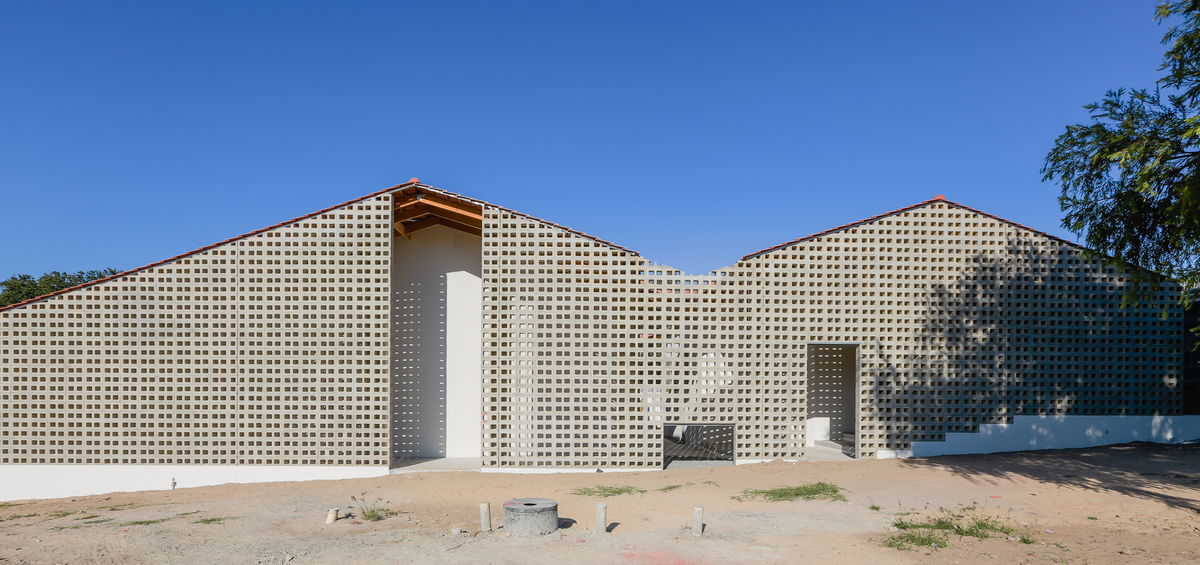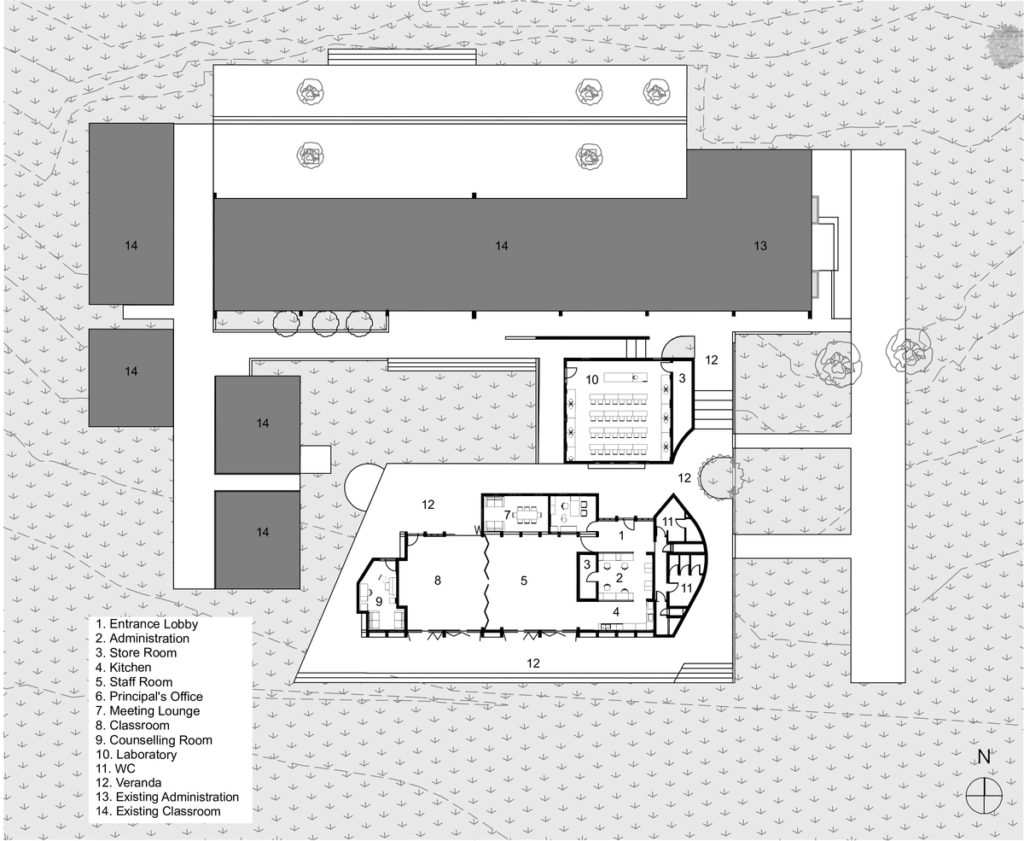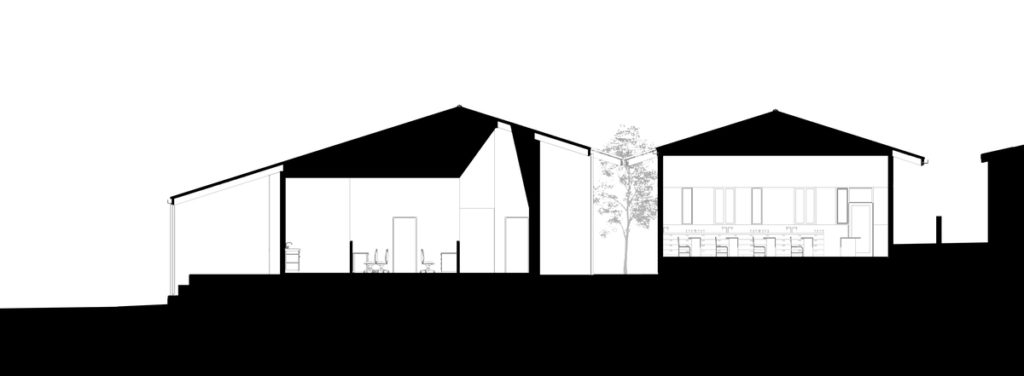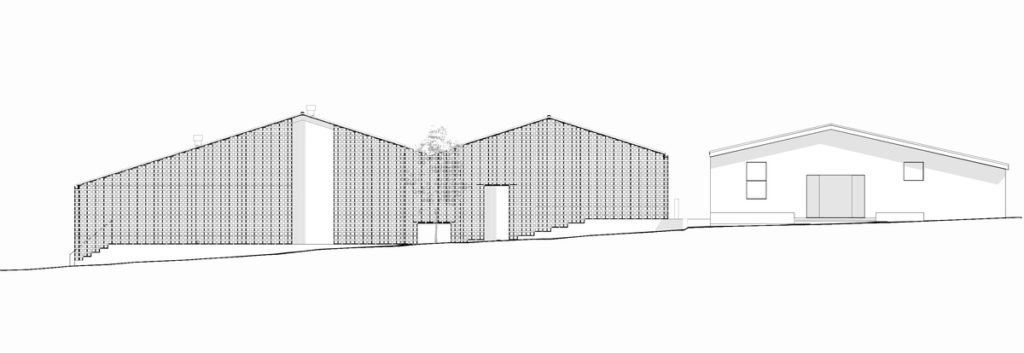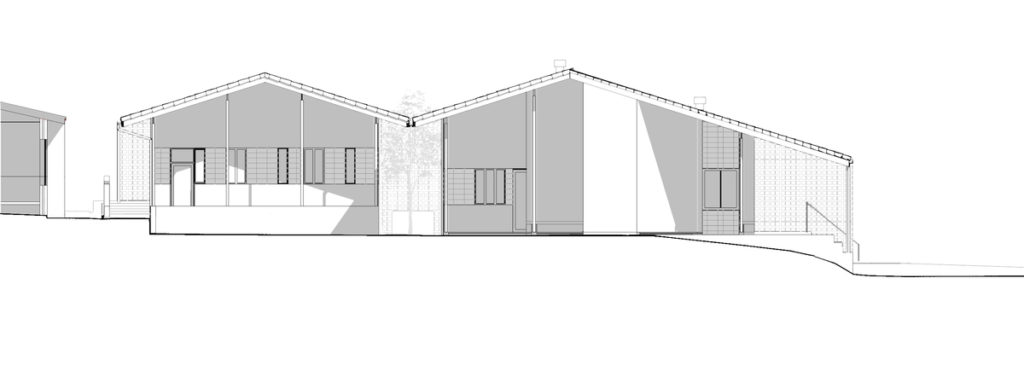Project Details
- Project size: 760 sqm
- Site size: 25110 sqm
- Project Budget: USD 260,000.00
- Completion date: 2022
- Building Levels: 1
- Architects: SALT Architects
- Structural Engineers: AVCON Structural Engineers
- Main Contractor: Steenser Construction
- Photography – Nudge Studio
Calling Education is an NPO that was established out of identifying the need for affordable top-quality education as an imperative to South Africa’s restoration, most especially to low income communities in the country. Their first campus, rolling out their unique funding model, is Calling Academy Stellenbosch, which is located on a bucolic plot bordering the Polkadraai Road between Stellenbosch and Kuilsriver.
The site was identified and set aside by the previous generation of surrounding landowners to serve the local farming community and consisted originally of six existing classrooms, a reception, and a sports field.
As the institution grew each year with the intake of another grade, their accommodation requirements expanded yearly. With severe financial and development right constraints, the campus is getting shaped by fluidly adapting to the external factors that are at play whenever it’s intersecting the given moment of accommodation demand. Designing this campus is therefore an ongoing organic process aimed at maximizing the quality of the learning environment, connected to the natural beauty of the site, at the lowest possible cost, resonating with their priority of quality education over cost of facilities.
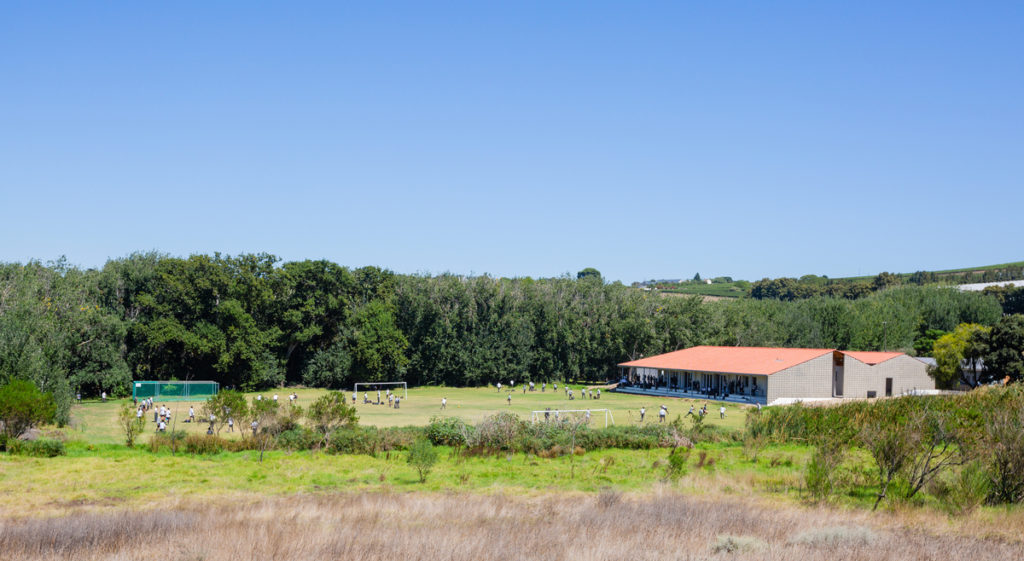
The project is an addition of a new section to the original farm school and consist of many flexible functions unified under a continuous tiled roof and applied to create a renewed image for the place without making any changes to the original school. The functions are a laboratory, staff room, staff offices and amenities, an additional classroom, and a counseling room. Extended roof overhangs and the use of concrete-block screen walls allows internal spaces to overflow, and creates a variety of thresholds between interior and exterior, the users and nature. The floors step down with the natural slope of the terrain, creating the required variation in volumes while the roofs remain on the same level.
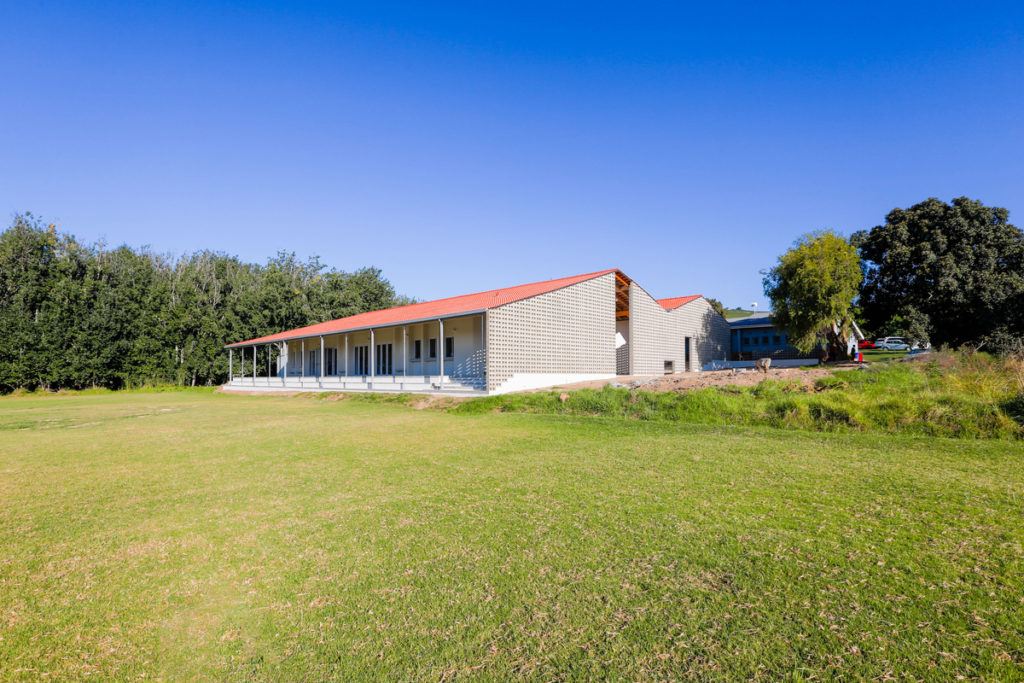
The articulation of the eastern façade declares a distinct figure to be associated with the institution. Upon arrival the concrete-block screen with three openings ushers people into the facility through a threshold space that blur boundaries between indoors and outdoors. This is seen as the foyer that connects visitor, teacher, and learner spaces. Not only does it clearly express the new front façade of the institution, but also brings clarity for users to orientate themselves around the facility.
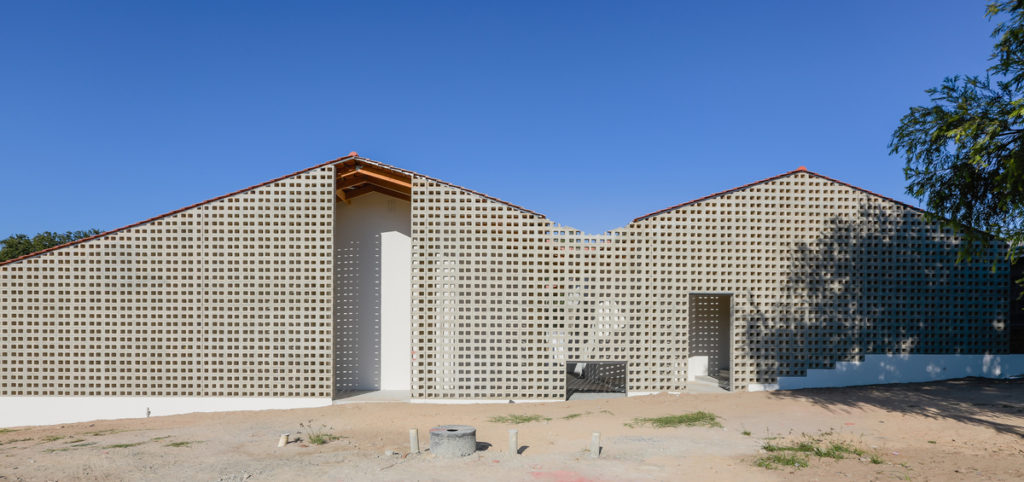
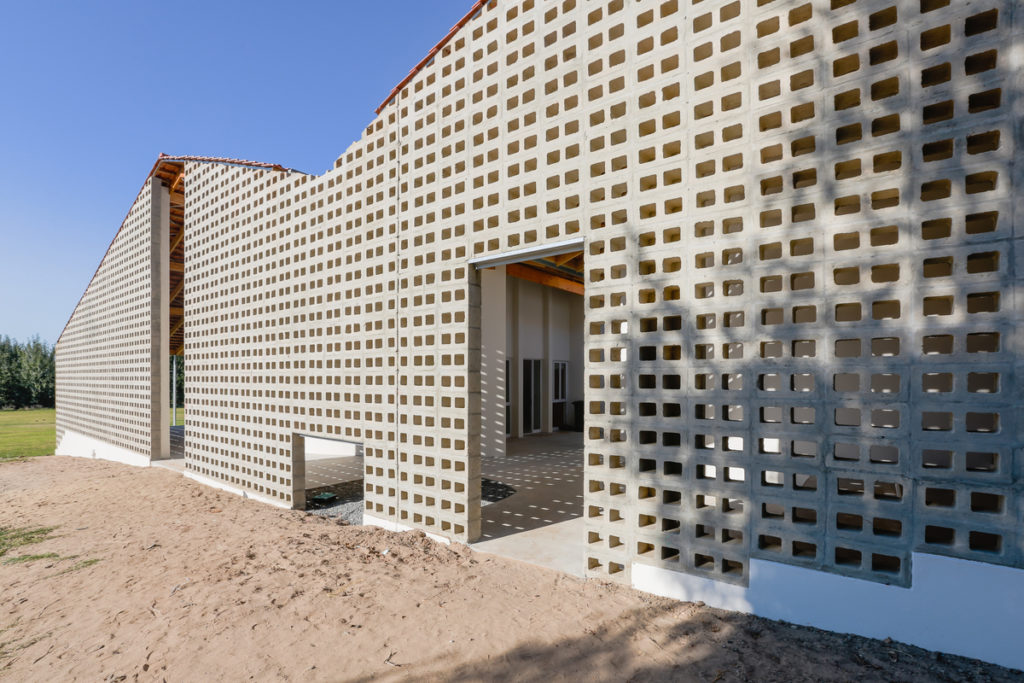
Being placed between the original school building and sports field, allowed us to start thinking of the new building also as a pavilion overlooking the sports field and its pleasant natural surroundings. The terrace on the south side where the sports field is located was widened with seat sized steps leading down to the field. This roofed terrace functions as assembly, spectator, or overflow space for the adjacent rooms. The adjacent rooms are the staffroom and a flexible classroom. A removable divider separates these functions and when opened combines them to form a venue that can accommodate in excess of 150 people. This venue spills out on all sides to the verandah’s and creates opportunity for a wide variety of functions. As part of the school’s participation in the local community it also serves as an event space that is available for the public to rent for private functions, providing an additional income stream to the organisation.
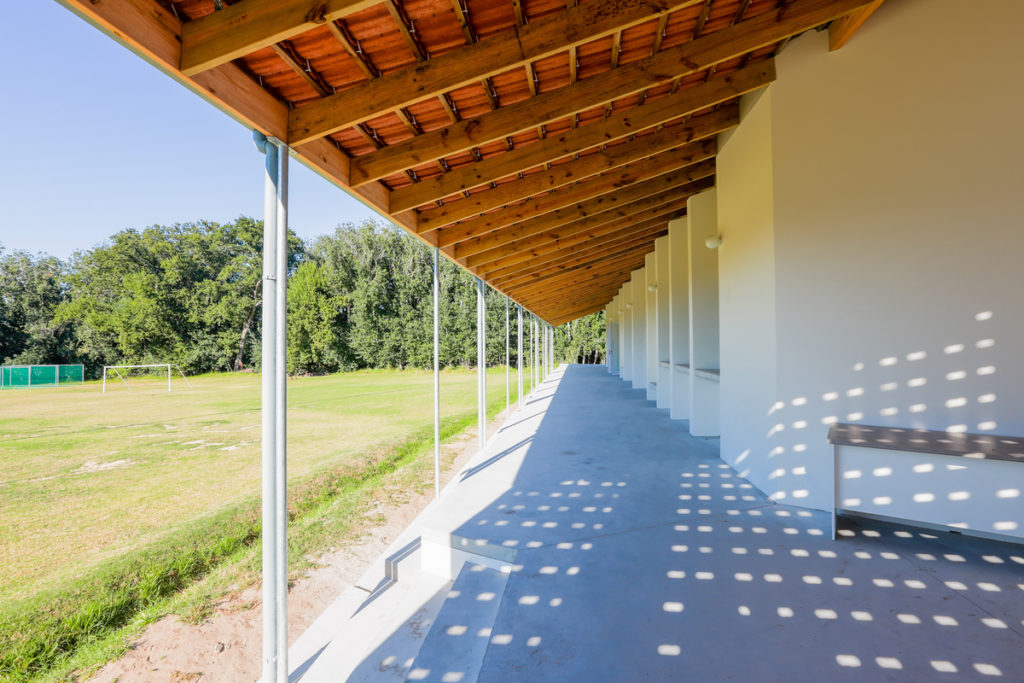
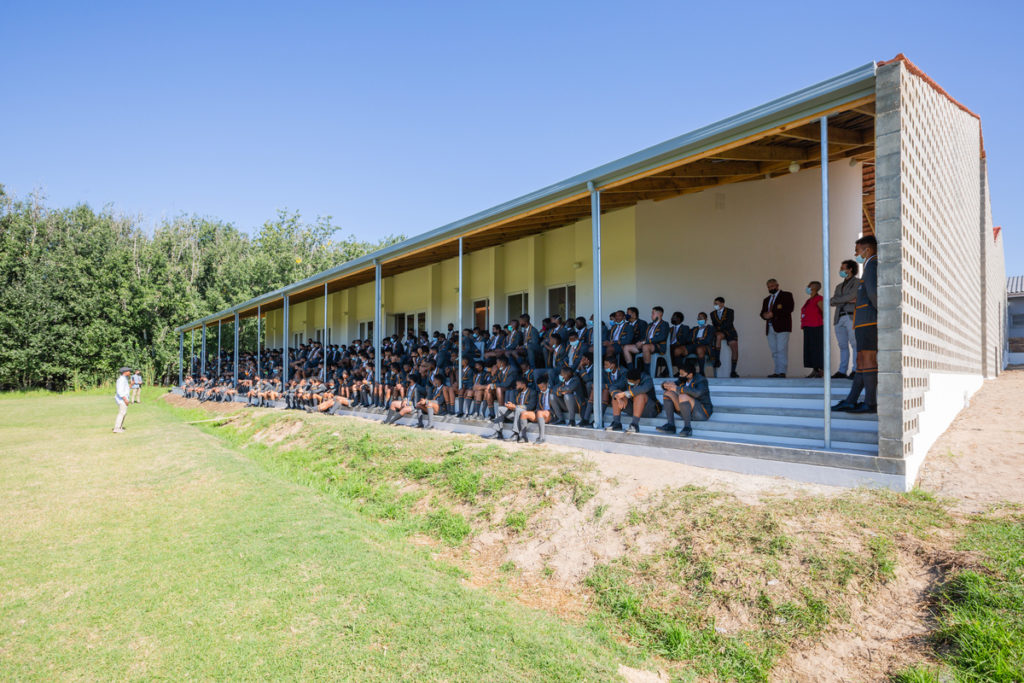
All the spaces are optimising natural light. At the staffroom where there is no direct connection to a northern wall for windows, a skylight made of polycarbonate tiles was placed. Combined with constructing the ceiling of OSB board – to save cost, provide acoustic absorption, and fit with a palette of raw material use – the natural lighting gives the internal spaces a serene quality.
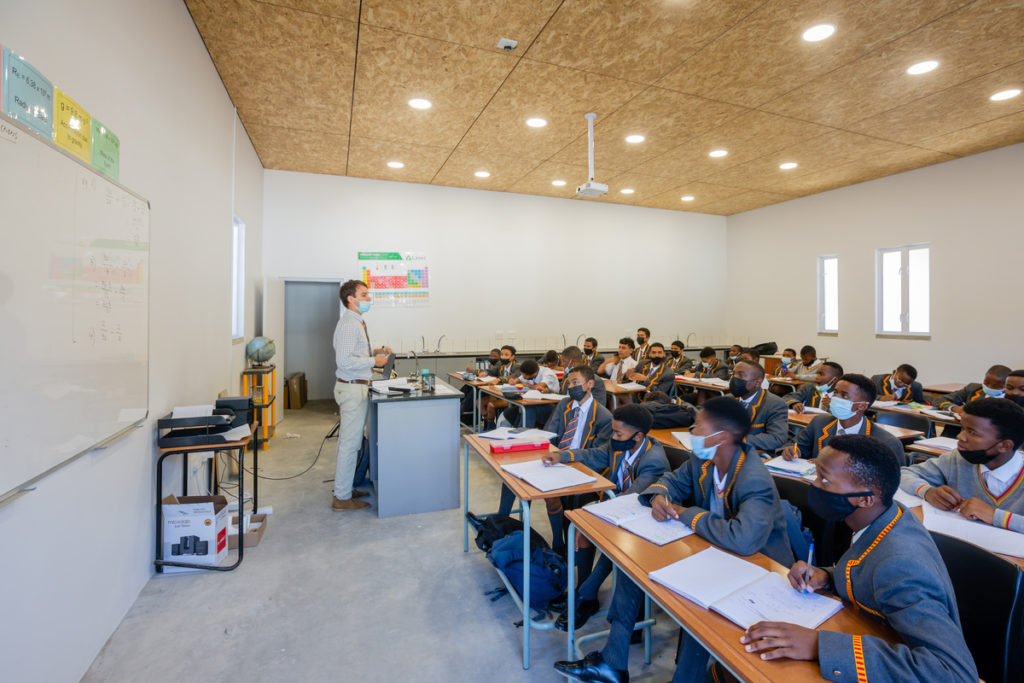
The rural site is not serviced by the local municipality. A system of rainwater harvesting tanks for grey water and borehole water for potable use was installed as water supply. An upgraded conservancy tank was installed as a drainage system.
The new additions, levels and volumes establish a series of courtyard and outdoor spaces for learners to pause, spectate, linger or congregate.
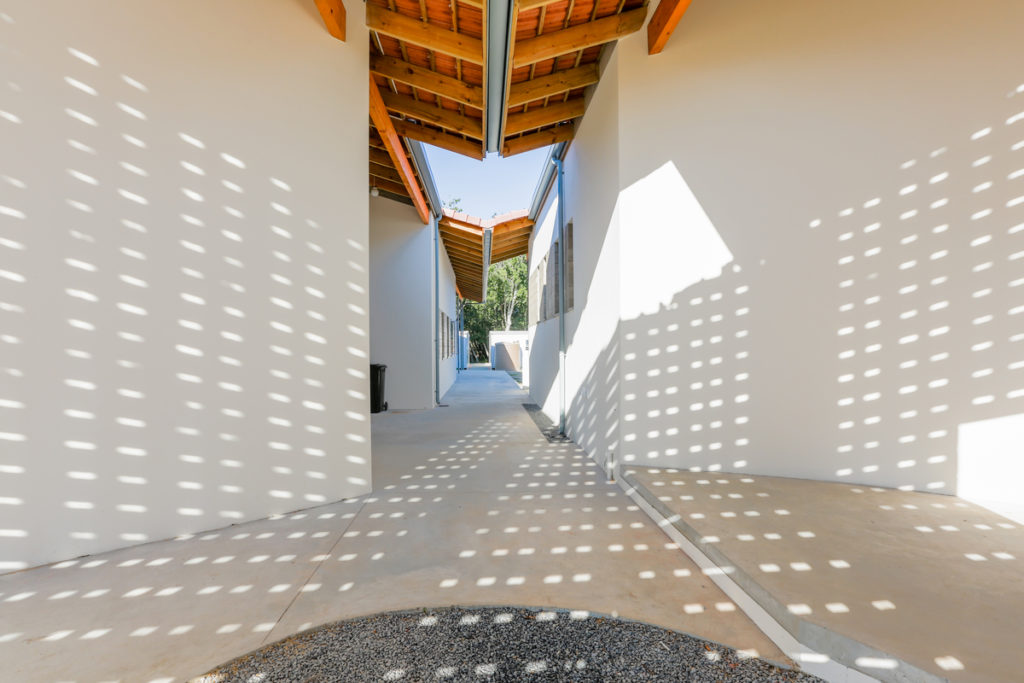
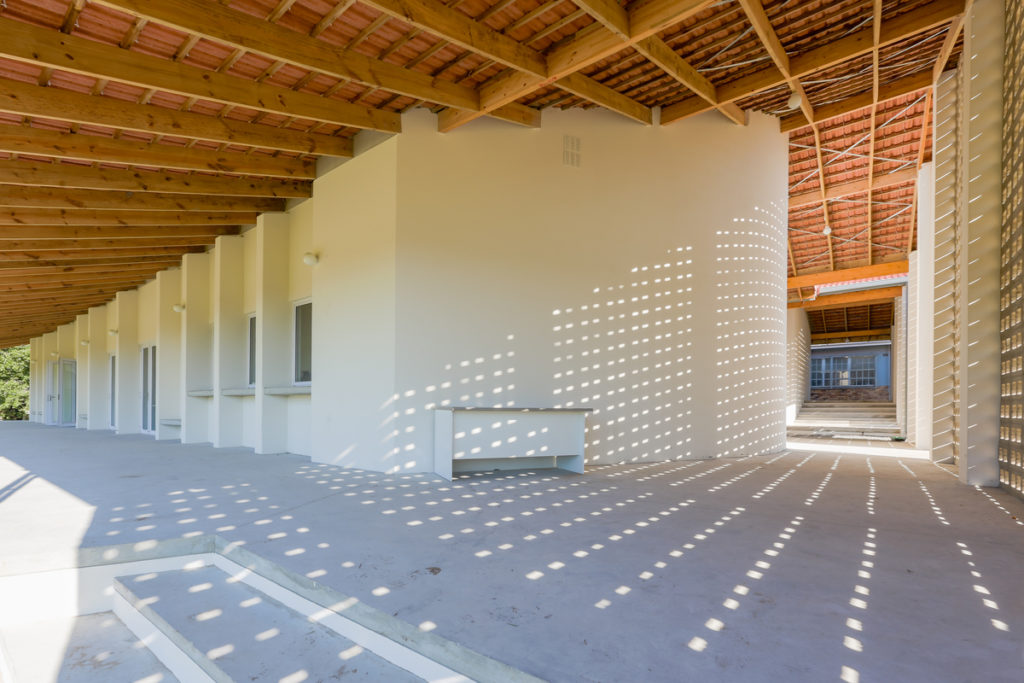
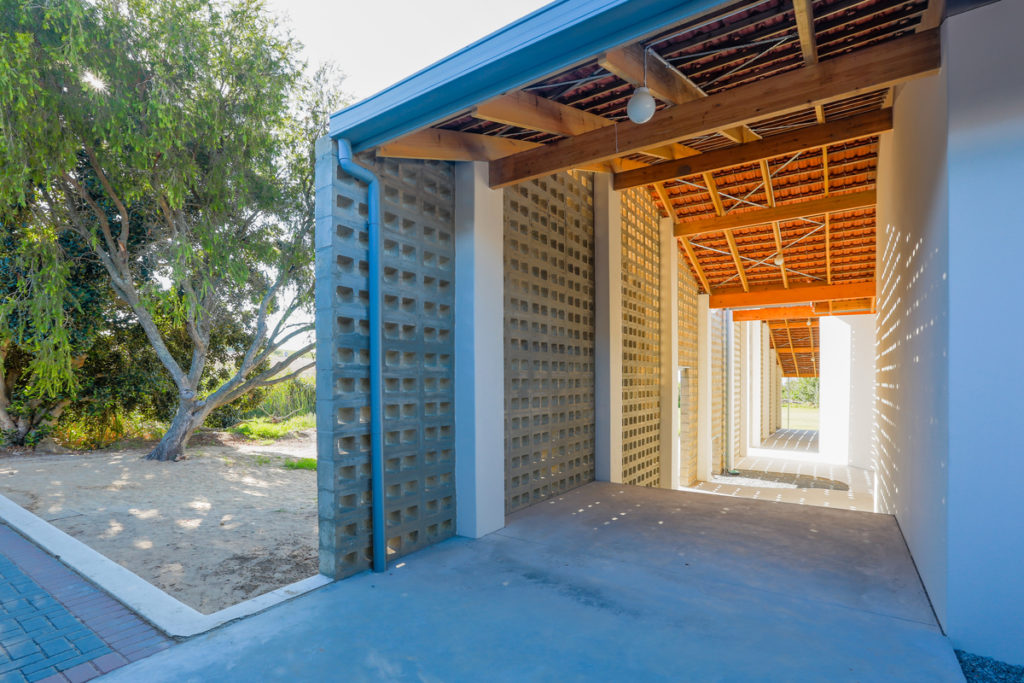
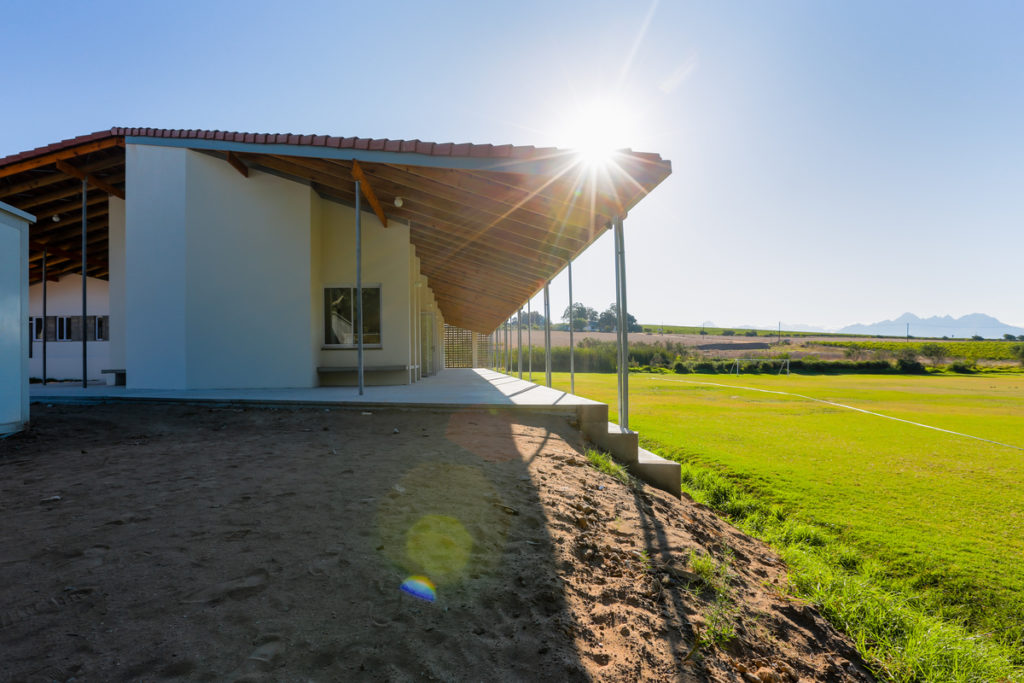
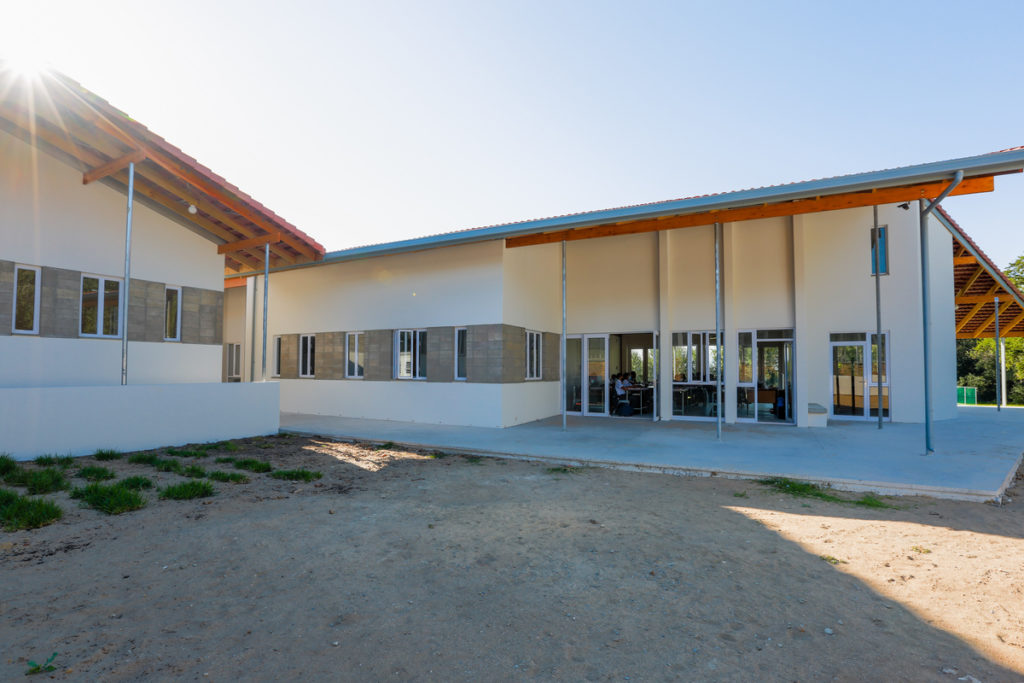
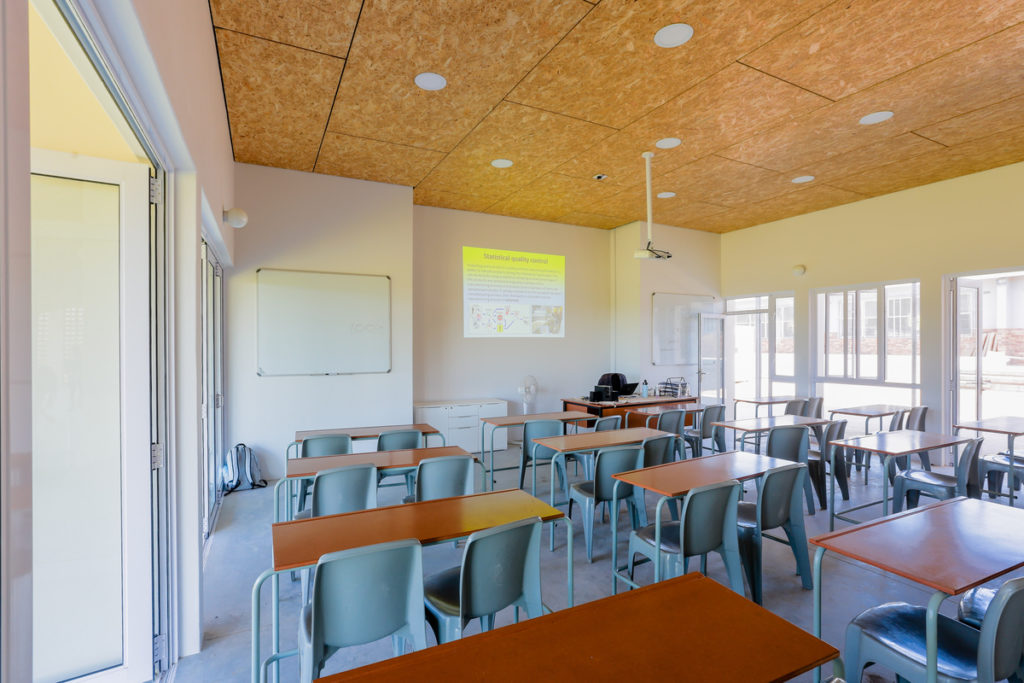
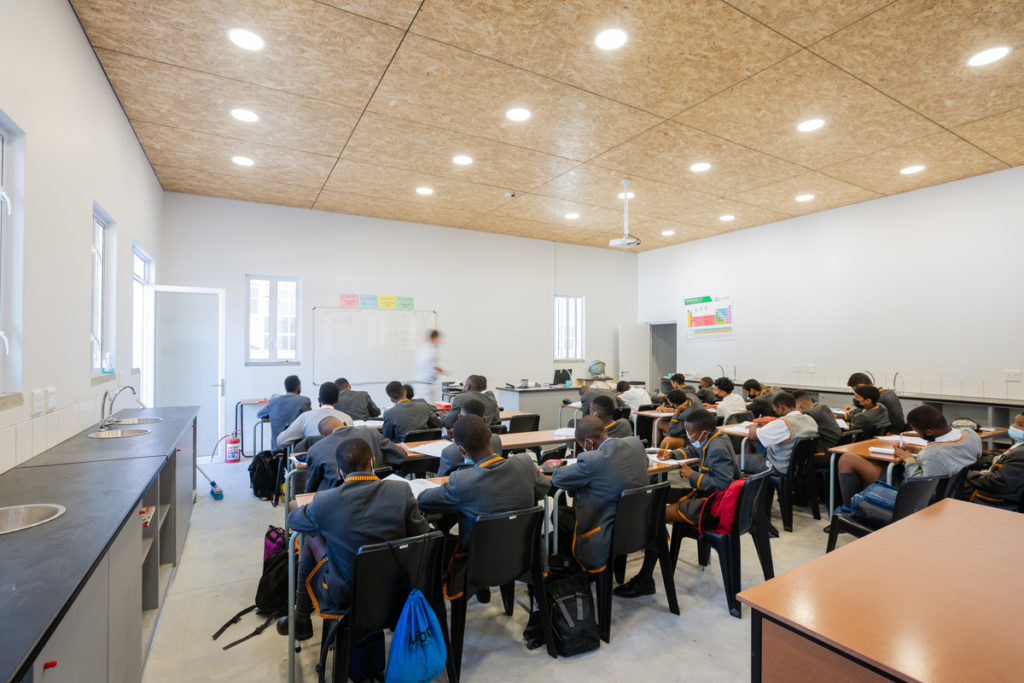
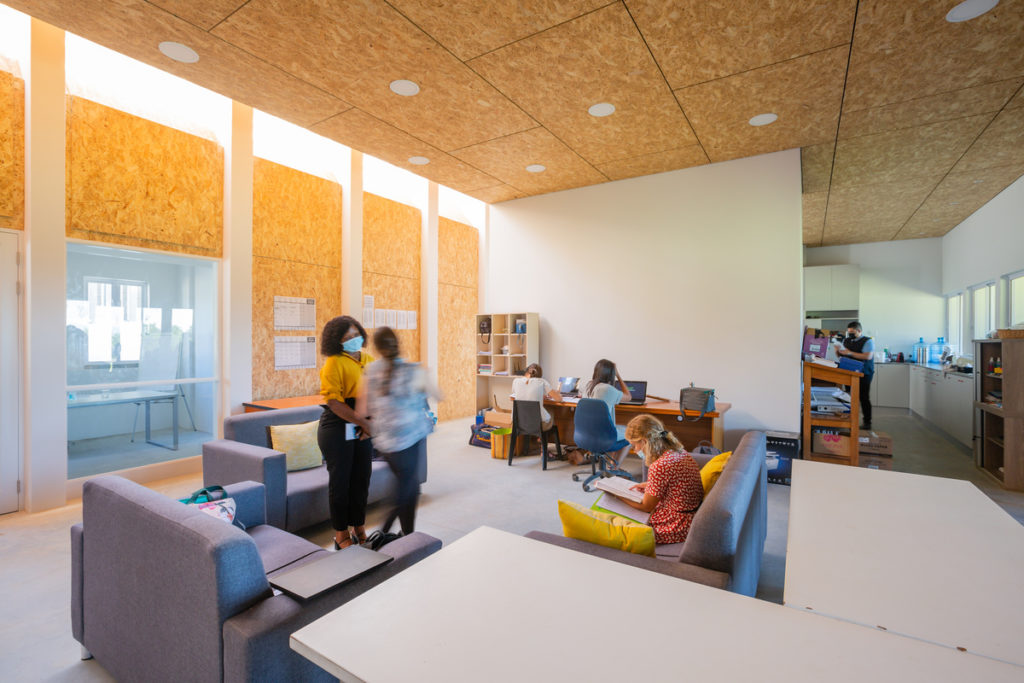
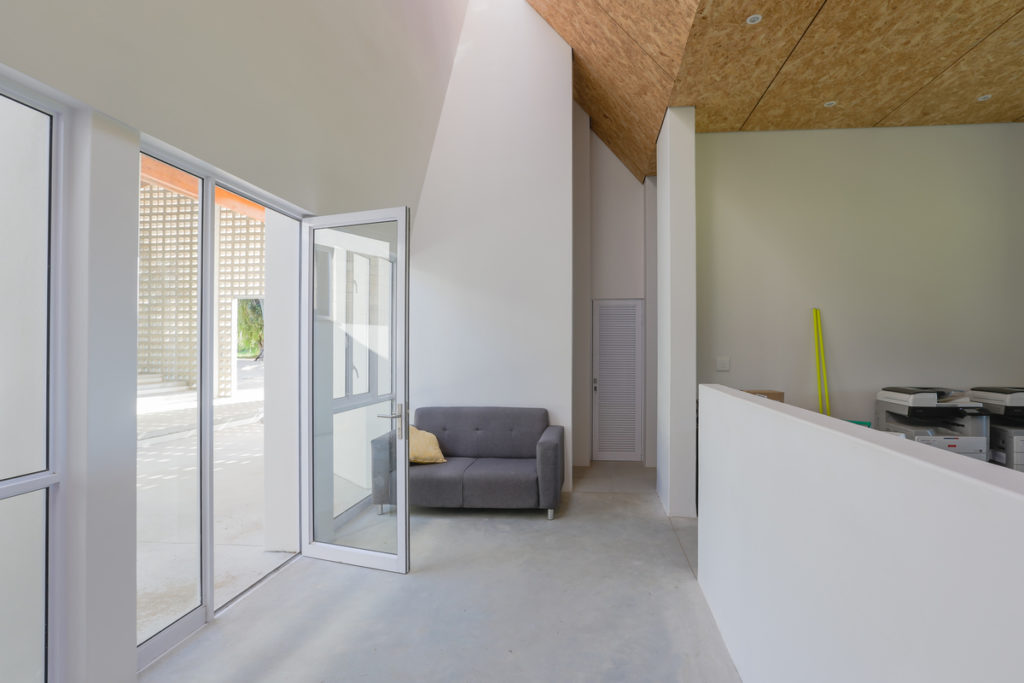
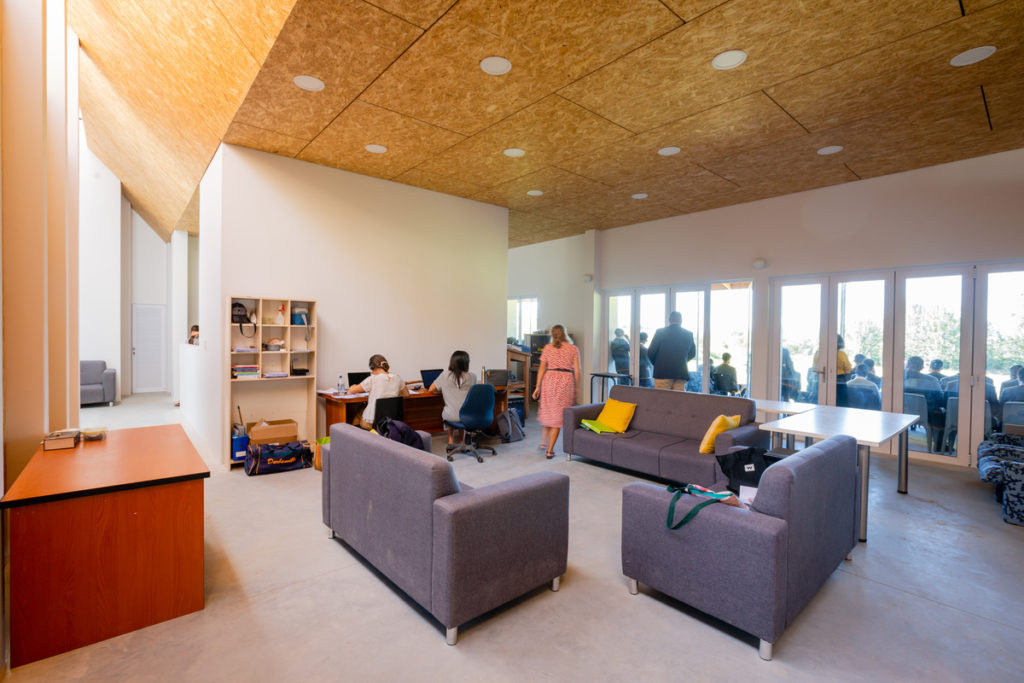
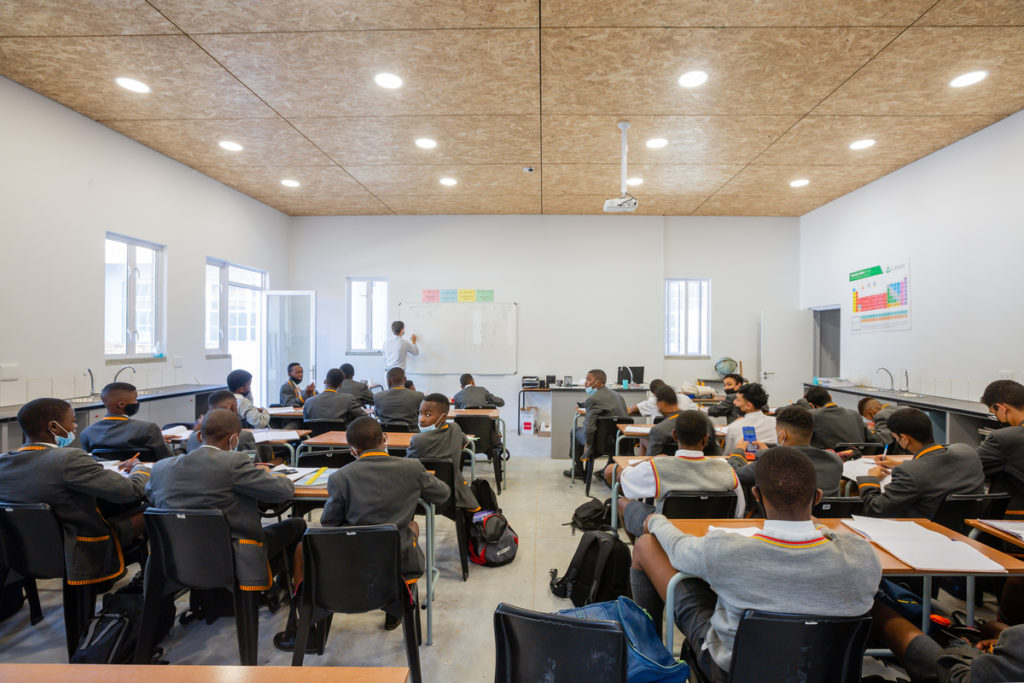
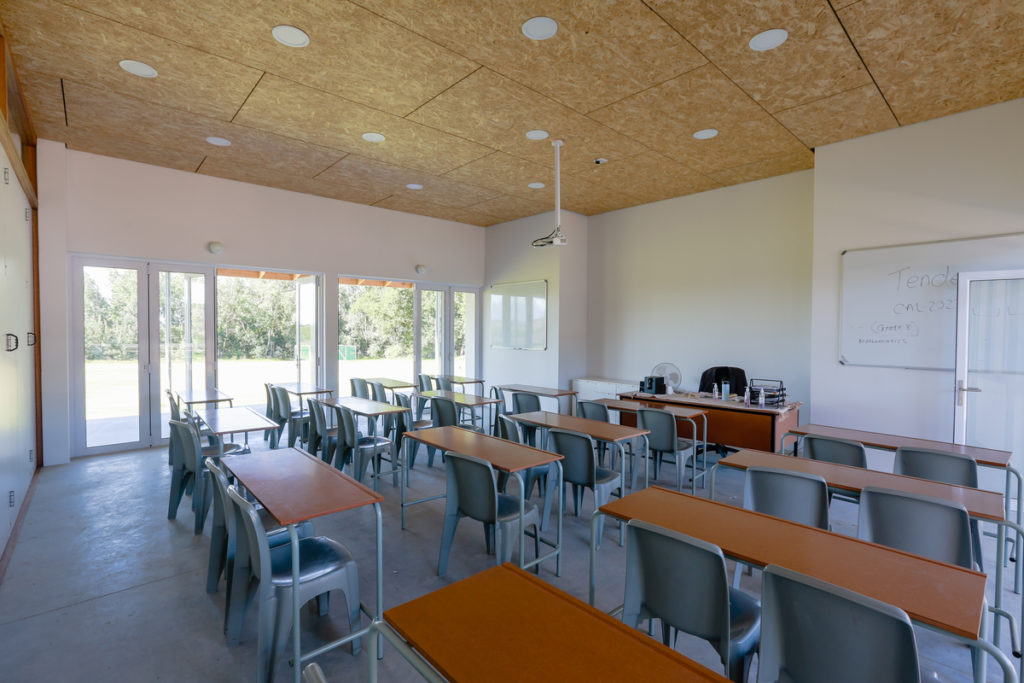
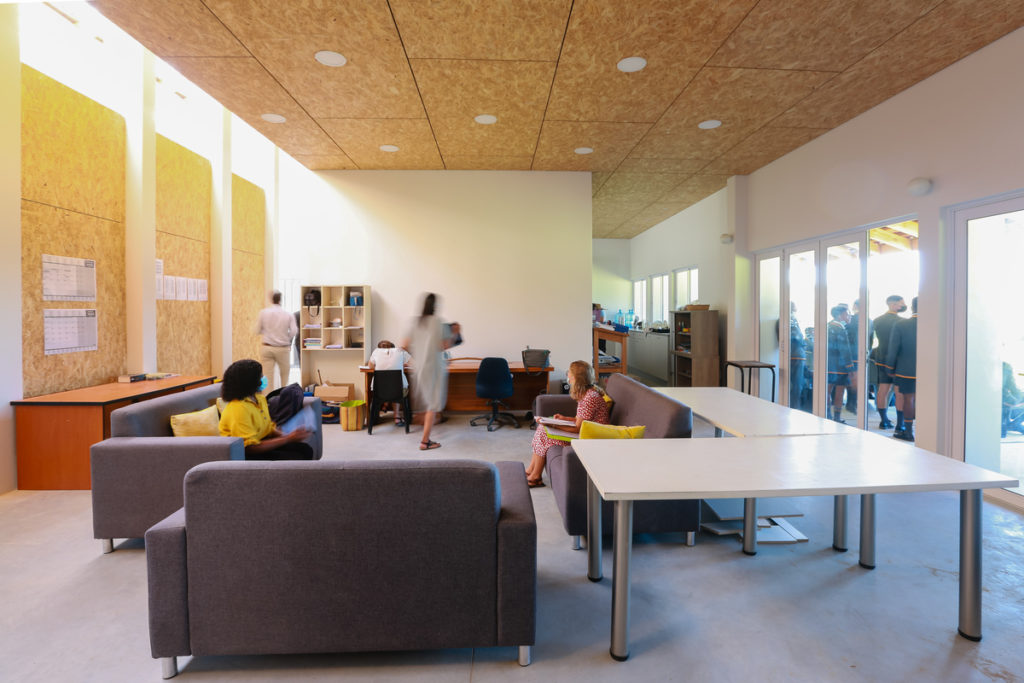

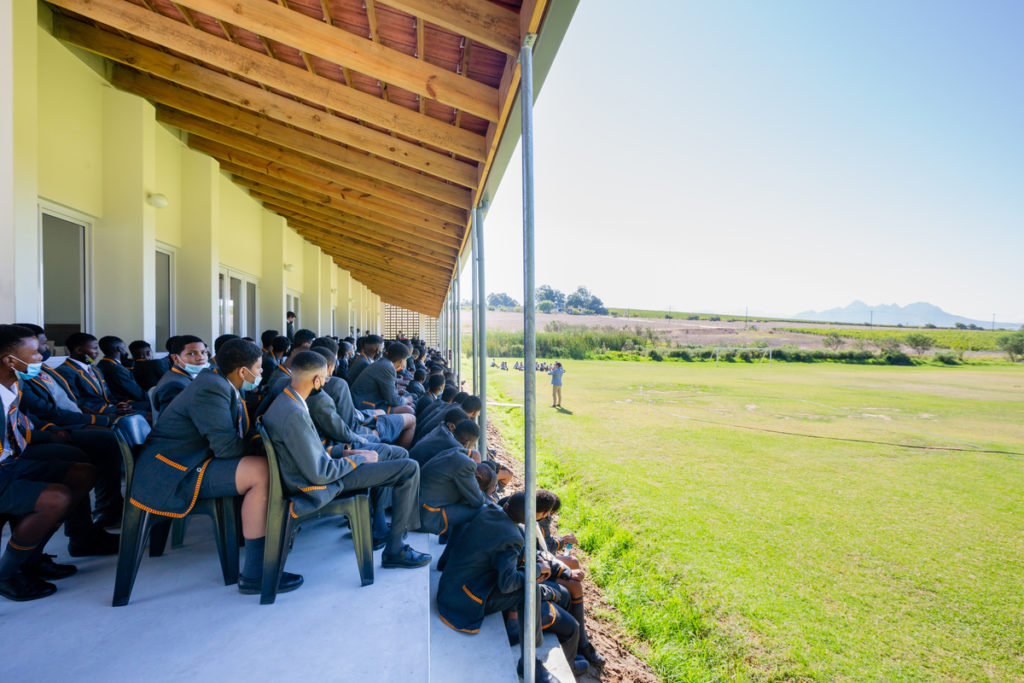
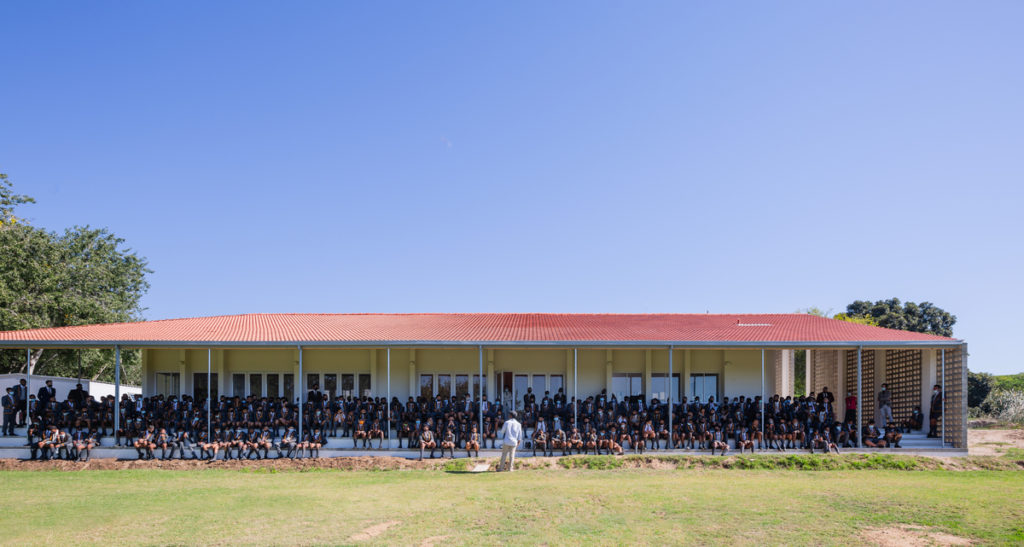
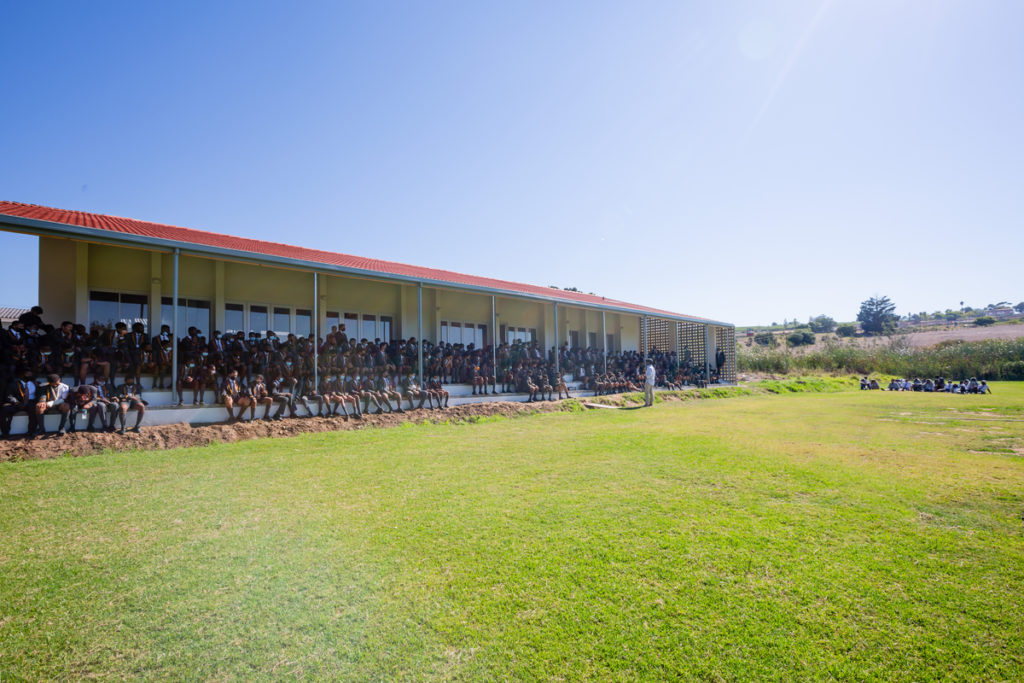
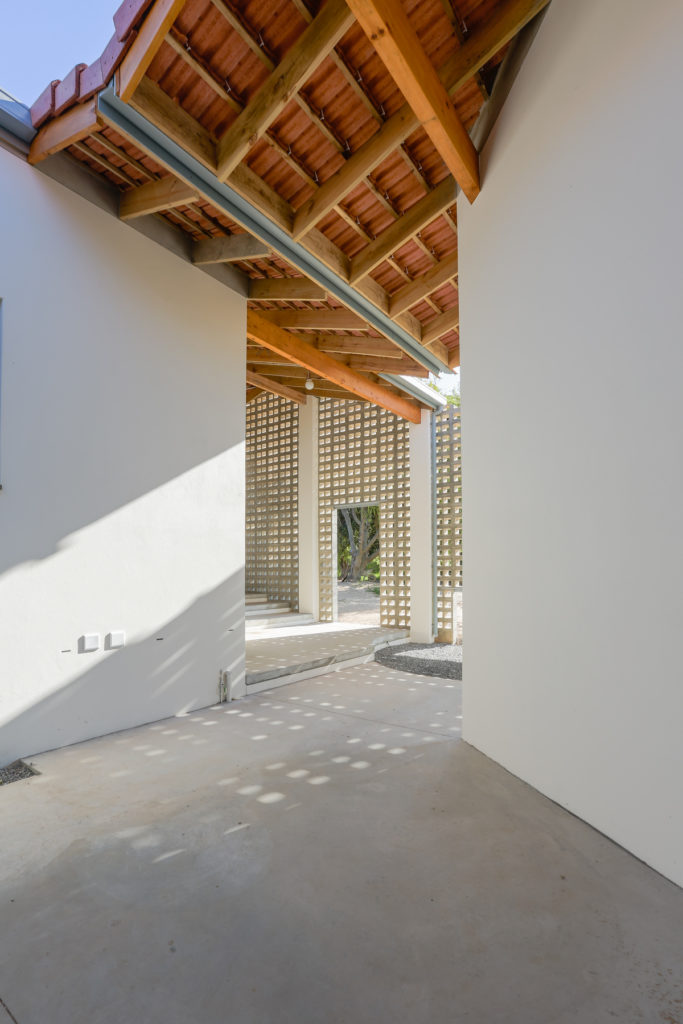
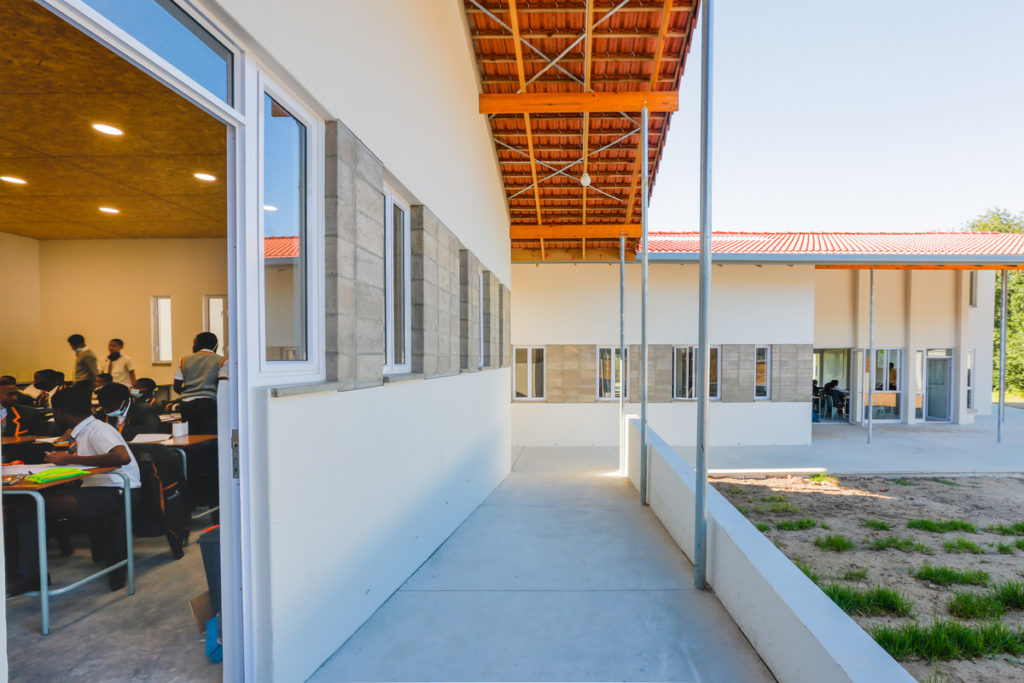
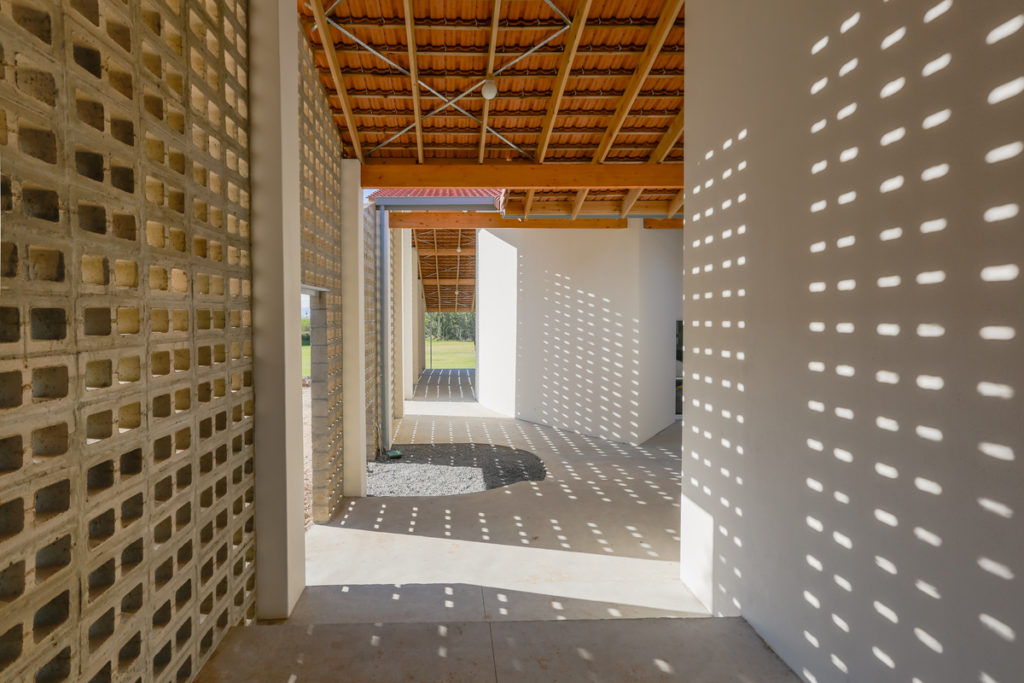
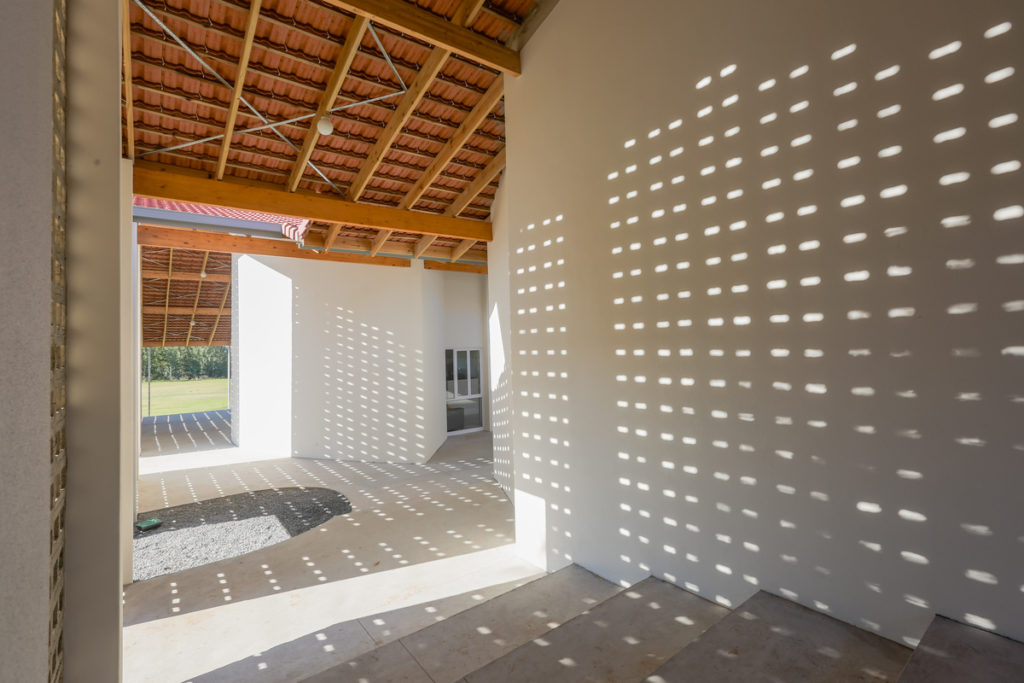
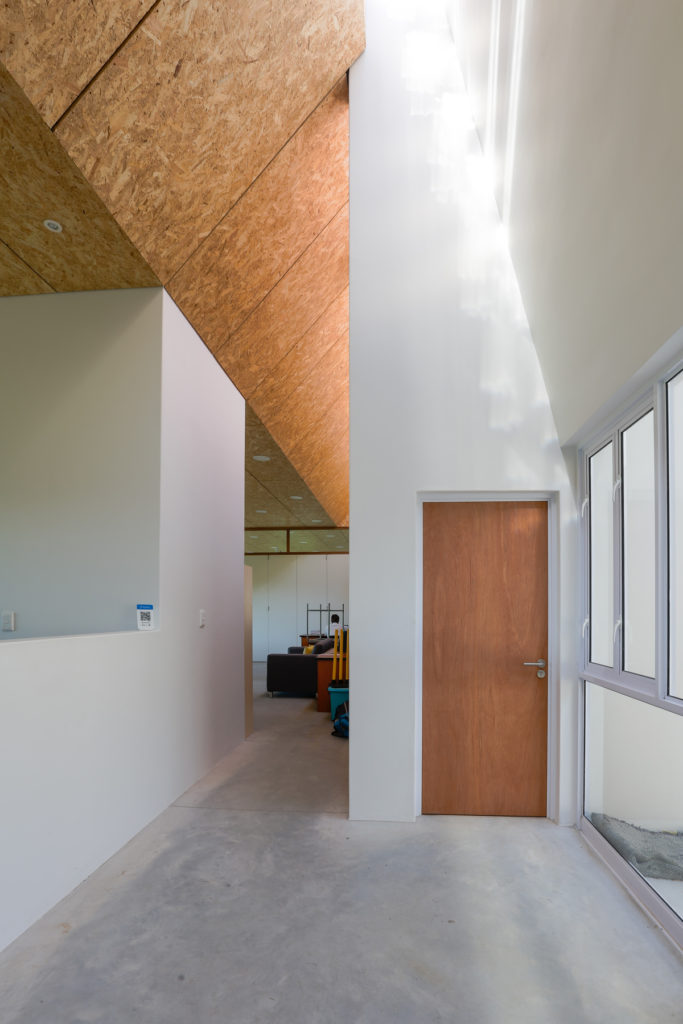
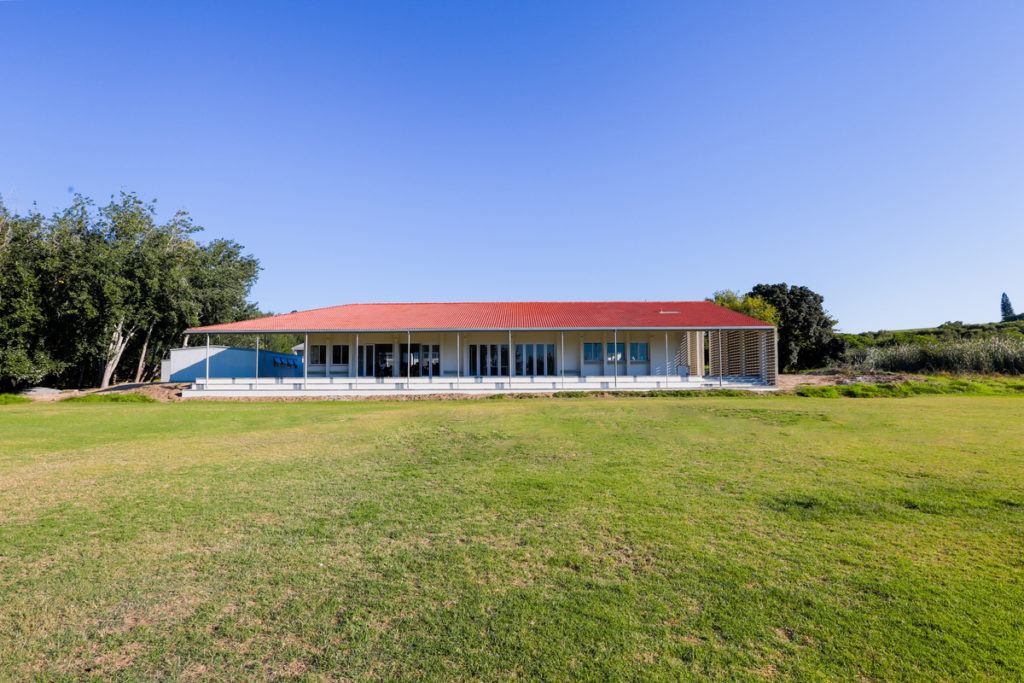
Would you like to publish your projects? Get Started Here



